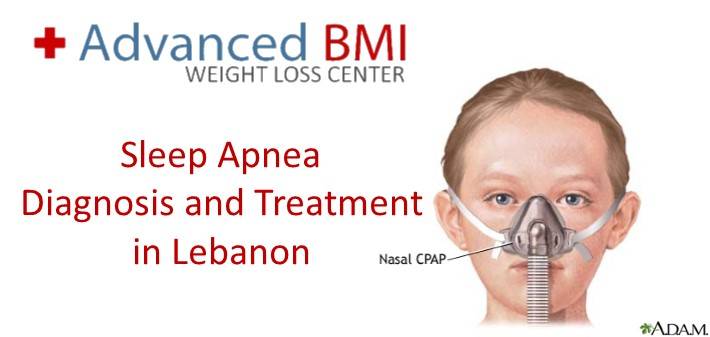You or a loved one may have been told they are suffering from a condition known as Sleep Apnea. In this article we look at the signs, symptoms and risks of this condition, and how to manage it.
Signs and Symptoms of Sleep Apnea
As the name implies, Sleep Apnea is a disorder that occurs while you sleep. It is also commonly called sleep-disordered breathing, obstructive sleep apnea and central sleep apnea.
It is characterized by a shallow breathing pattern or one or more pauses in breathing. These pauses vary in length from a few seconds to minutes and can occur more than 30 times within an hour. Thereafter, normal breathing resumes, usually with a choking sound or loud snort. During each breathing pause, carbon dioxide levels build up in your bloodstream triggering chemoreceptors in the blood stream. The brain is then signaled to wake you and inhale air. Once oxygen levels are normal, sleep is restored and the cycle continues.
Sleep apnea is a highly disruptive and chronic condition. It disrupts your sleep and keeps you alternating between deep sleep and light sleep during each shallow or paused breathing interval. This continuous sleep interruption inevitably leads to poor sleep and is a leading cause of sleepiness at daytime.
Other indicators of sleep apnea include vision problems, fatigue, dizziness, moodiness and slow reaction time.
Types of Sleep Apnea
Obstructive sleep apnea is the most commonly occurring type of this condition and occurs when the airway either collapses or is blocked while the sufferer sleeps. This is what causes the shallow or paused breathing. As you try to draw in air, the air squeezes past the blockage resulting in loud snoring. Overweight people are most commonly affected by obstructive sleep apnea, but it can also affect other people. It even affects children with enlarged tonsils as the tissue will cause an obstruction in their throat.
Snoring is common with people having this problem. Snoring is not a definite indicator of obstructed breathing but when snoring is present with obesity for example, the probability of obstructive sleep apnea is high.
Central sleep apnea is another form of sleep apnea but it is less common. In this situation, the part of your brain controlling breathing fails to send signals to your breathing muscles. Consequently, breathing will not occur for brief intervals.
Though central sleep apnea is known to affect anyone, it occurs more in persons taking certain medications or that have particular medical conditions. In some instances the affected person can suffer from both obstructive and central sleep apnea.
Diagnosis
The major challenge with diagnosis is that doctors typically cannot observe this health condition while the patient is awake. Blood tests are of no use in diagnosing this disease. In fact, most people with this problem are not even aware of it since it occurs during sleep. It is more frequently observed by someone else who is with the affected person while sleeping.
An overnight sleep study, also called a polysomnogram, remains the best way to diagnose this disease.
Risks
Sleep apnea is known to affect anyone, but certain conditions increase the risks of occurrence. They include:
- Being overweight
- Smoking
- Use of alcohol
- Sedatives and tranquilizers
- Being male
- Family history of sleep apnea
Prolonged sleep apnea can lead to increased risk of diabetes, stroke, high blood pressure, irregular heartbeats. Daytime fatigue and sleepiness can result in driving and work related accidents.
Management
Typically, patients would be advised to avoid alcohol and sedatives. Alcohol and sedatives are known to relax the throat muscles causing the airway to collapse while asleep. Sleeping on their side instead of their backs also helps.
This condition unfortunately has no quick fixes. Life style changes are inevitable coupled with breathing aids and even surgery depending on the severity of the breathing interruptions.
The most common and least expensive treatment is a Continuous Positive Airway Pressure (CPAP) device. The device forces the patient’s airway open using pressurized air. The person has to wear a plastic mask connected to a CPAP machine. CPAP is effective at reducing the obstruction but many users complain of discomfort while using it.
Surgery is the final option of treatment and would be recommended for those that choose not to use the CPAP treatment.









